Siem Reap and The Lost Kingdom
The roads were a little rough, the streets were pillared with trees as high as sky scrapers, electricity was in some ways considered a luxury and children learned how to ride a bike long before they knew how to write their names.
What remained from what was once the powerhouse in South East Asia is a facade of a Kingdom lost in a fight between the Khmers wanting the Angkorian Throne.
There is something quite charming about Cambodia’s underdeveloped boroughs. A trip to this country is a historical immersion, to say the least, one that brought me closer to ancient civilization and how it diverges from what their community is like today. But it also presented an opportunity to reflect on how much the world could use a little help.
***
It was nearing midnight when I finally reached the hotel from the airport where I had an interesting encounter with an officer at the border. He was asking for a bribe for nothing in exchange. The odd experience although lasted only short of a minute and had me scratching my head but all I really wanted to do at that point, although I was very excited to be there, was to be in bed, knackered from a series of flights and bus trips over the last few days.
I woke up early the following day. Groggily dragged myself to breakfast before I boarded the tuk tuk we had rented out for the next few days. Our friendly chauffer suggested to start with what they called the ‘big loop’. Unlike Thailand’s tuk tuk, I found the ones here are unique where the driver sits outside the small roof, exposing himself to the heat of the sun.
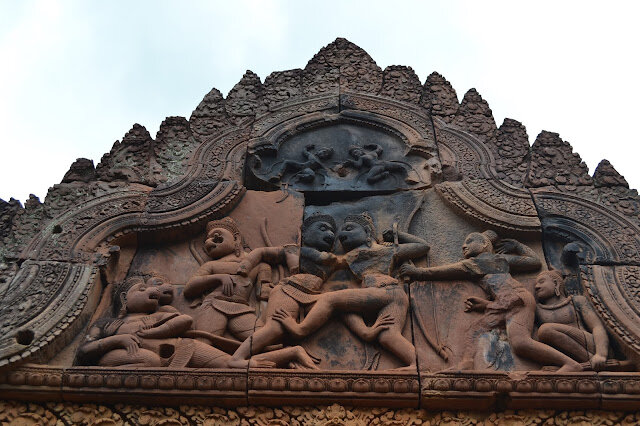
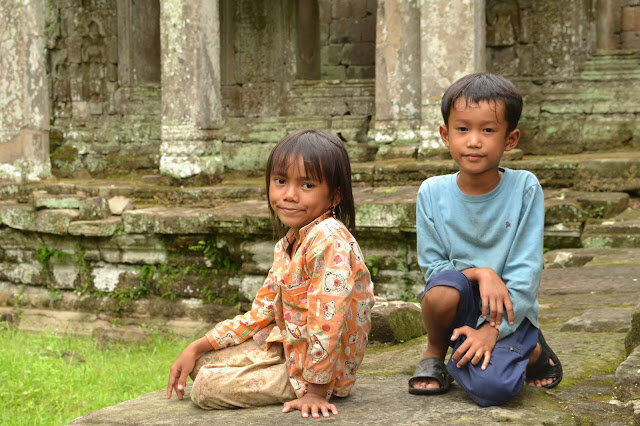
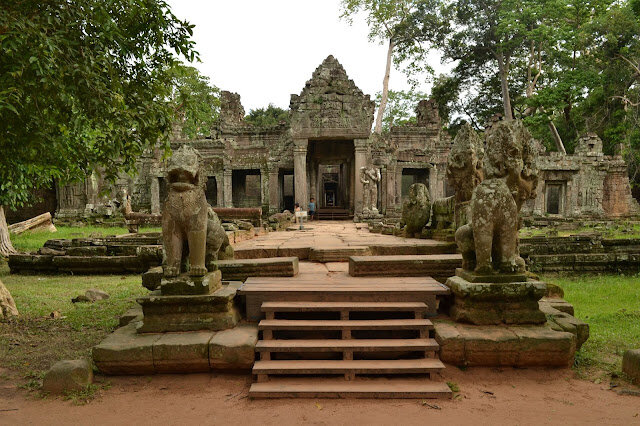
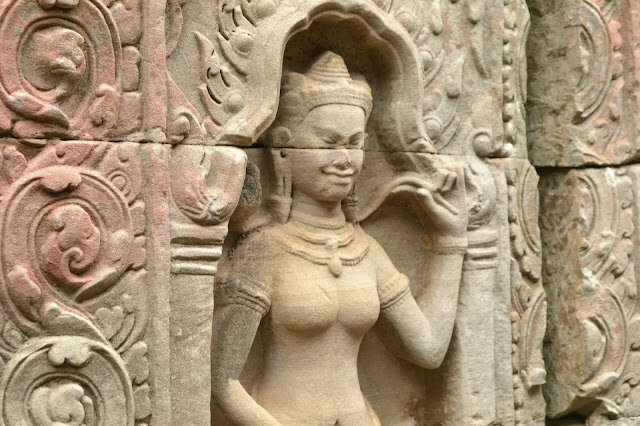
The cost to enter the multitude of temples was $40 USD for a three-day pass. It was a long ride to reach the Banteay Kdei, Pre Rup and Ta Phrom. Moving from one temple to another took a while but the ride en route alone was breathtaking. It all became a slice of the experience.
I sat still on the rickshaw while my eyes continued to be frenzied by the wonders around me. These temples were carpeted with Earth’s soil, fenced by century-old trees. In today’s era, I couldn’t believe there were still parts of the world as authentically preserved freely accessible as if this was part of a massive theme park. This wasn’t a museum nor just a portion of land. This was an entire town written in books, built by a rich history.
***
I let the wind brush against my cheeks and challenge the way I had fixed my hair until we reached the next temple.
At the entrance of each temple, there are two kinds of people who welcomed us. The Apsara Authority guards inspected our pre-purchased ticket with our photo as if it was our identification and flee vendors of all sorts tried to sell their wares to us. Unsurprisingly, this was a tourist destination after all. What astonished me however was how courteous they were with every failed sale politely remarked with “maybe when you come back?” instead, signalling their resignation from hoping to make a sale from us.
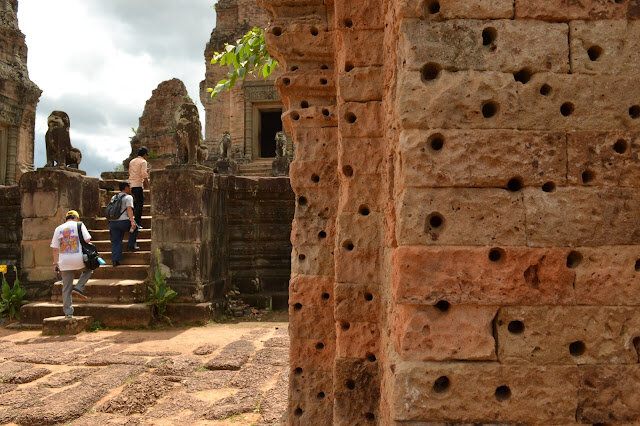
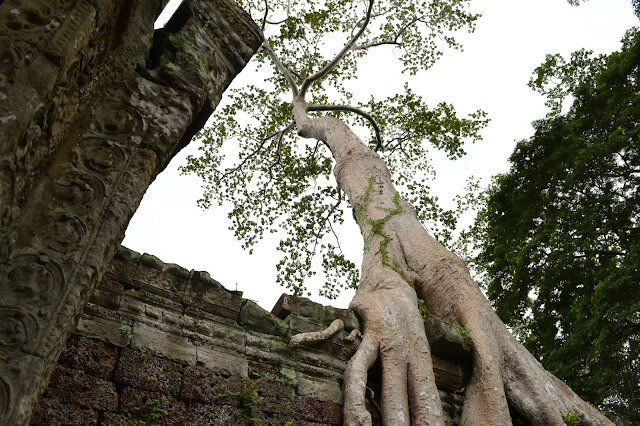
I took the time to peruse the corners of the temples, so much story, so much symbolism. Holes studded the walls, believed to be where diamonds were stored. Trees nesting not just around the temples but on it, as if it was their pot.
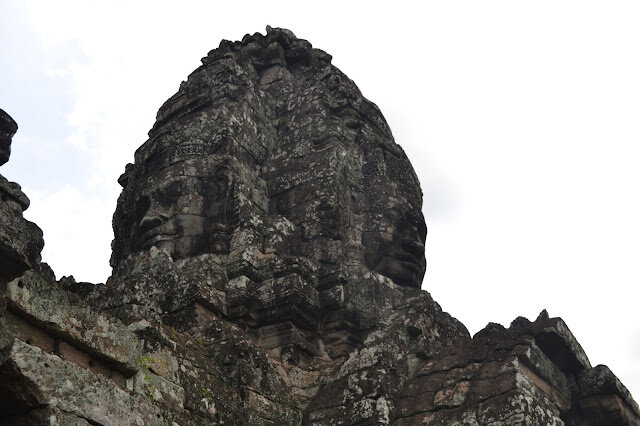
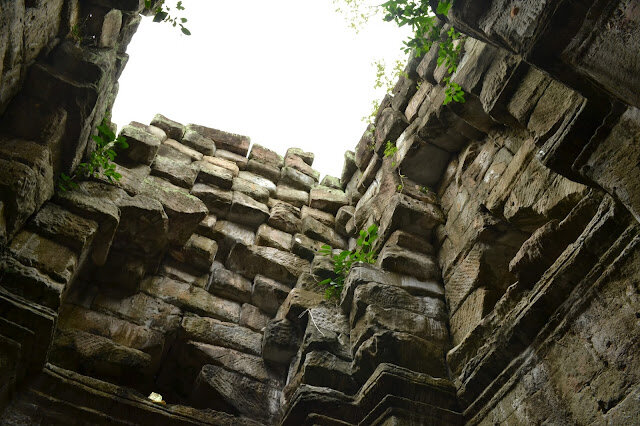
The Bayon Temple, one of the most popular clusters had massive stone carvings on the pediments. As machineries were not yet invented in ancient society, one can almost not believe the calibre and craftmanship as displayed in Bayon's smooth edging to show the features of King Jayavarman II's. These were all hand carved.
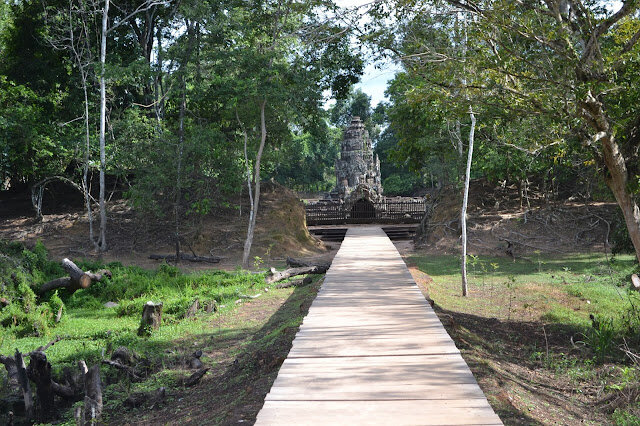

The following day, the Neak Pean which represents Anavapta in the Himalayas soon came into our vantage. A mythical lake credited to cure diseases, this temple was built to treat the ill, believing that the water in the pond helps to cure illnesses. I didn’t have to spend there long enough to witness how this belief is still alive up to this day. A few locals came into the middle asking for water from the pond to drink. While the water did not, in my own inexpert judgment, look safe for consumption, this didn’t hinder the locals from believing. Though sometimes, all it really takes is to believe.
Siem Reap’s tourism industry is one of the country’s bread and butter sources of revenue, with picturesque landmarks, a wealth of history and plenty of polyglottic tourist guides, there is so much to be seen that it could become overwhelming at times, so much so that we had to avail the services of tour guide in Angkor Wat to make sure we were not missing out on the finer details of this amazing place.
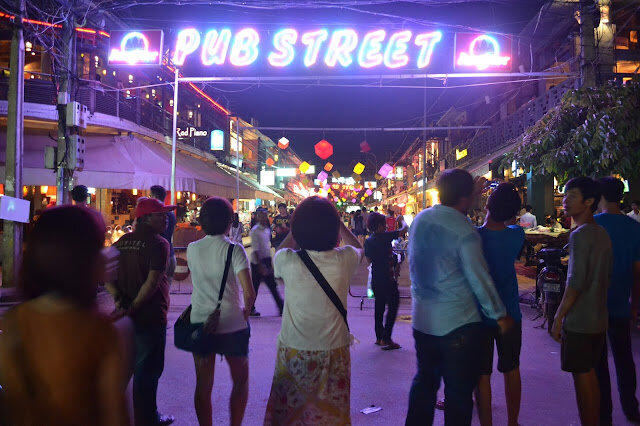

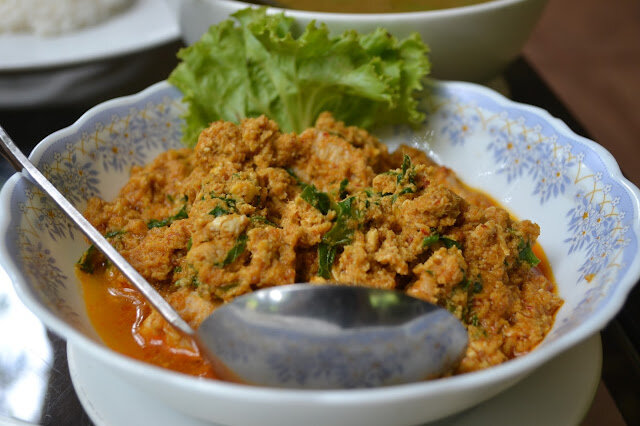
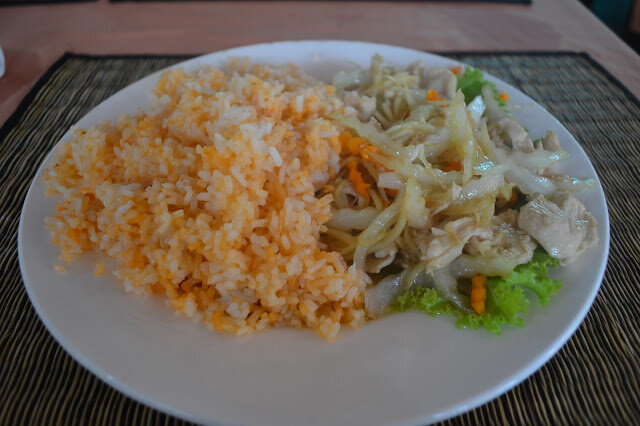
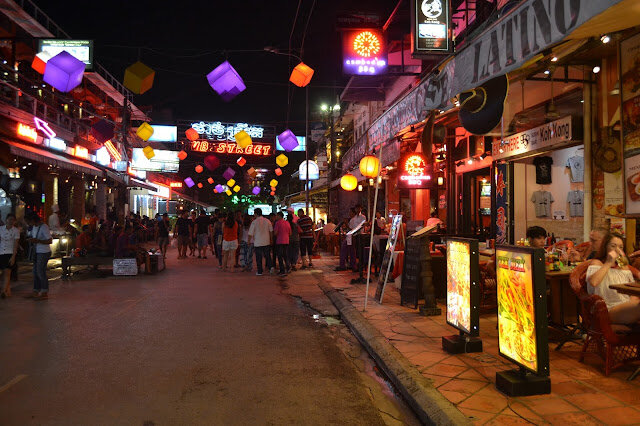
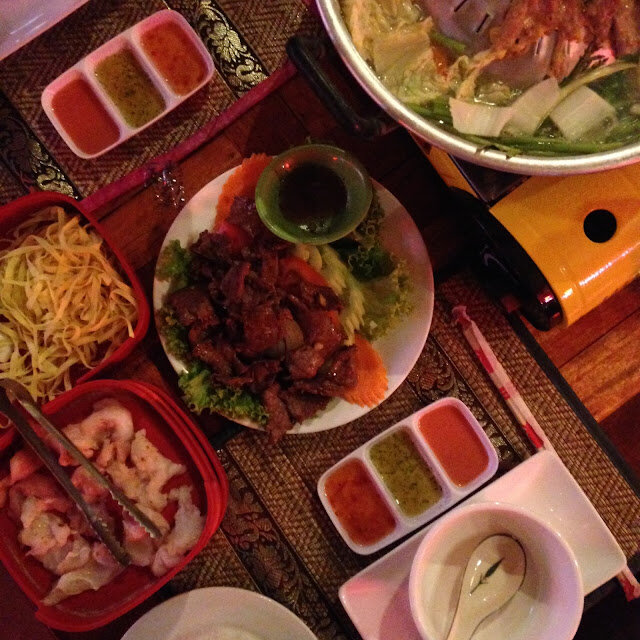
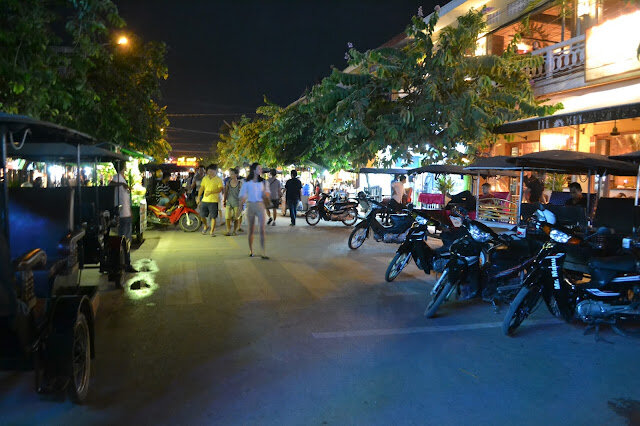
A few minute drive away from the ancient marvels, we reached the complete opposite. The Night Market in the Pub Street was the centre of this town’s commerce and entertainment. What it lacked in electricity around the temples, the Pub Street made up with, with bright lights and a lively scene.
After a deceivingly looking but delicious dinner, I indulged myself in a foot massage.
The Angkor Wat is the world's largest religious monument. It was once a Hindu temple for the Khmer Empire, but later on converted to become a Buddhist. Today, symbols of both Hinduism and Buddhism are conspicuous.
The Angkor Wat depicts Mount Meru in the Himalayas which is believed to be the home of benevolent supernatural beings according to Hindu mythology.
The central quincunx of towers represents the five peaks of the mountain and a moat to represent the ocean. At an initial look, there appears to be just three towers, but when viewed at a certain angle, are actually five.
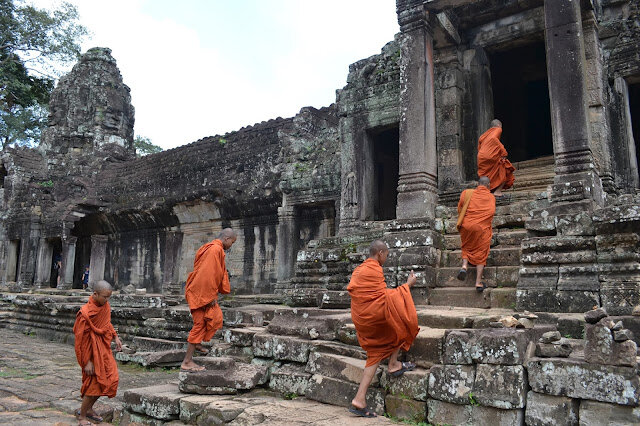
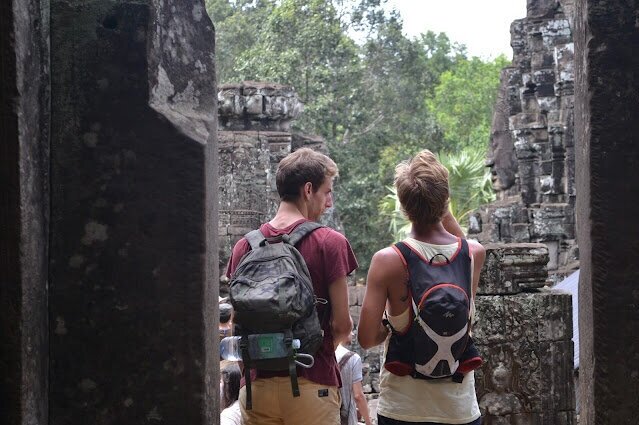
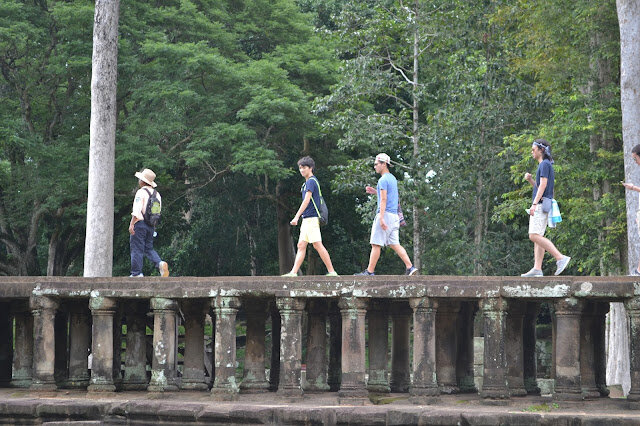

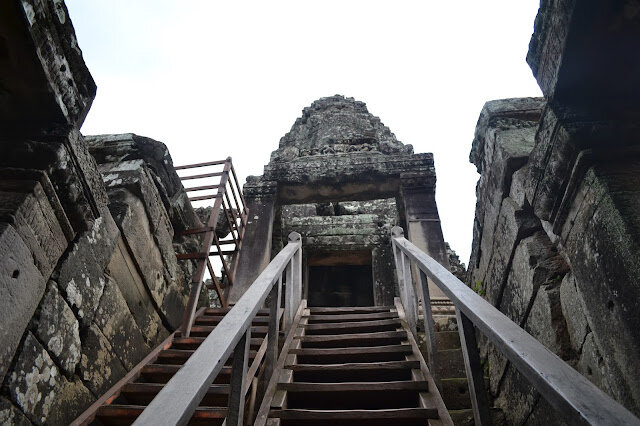
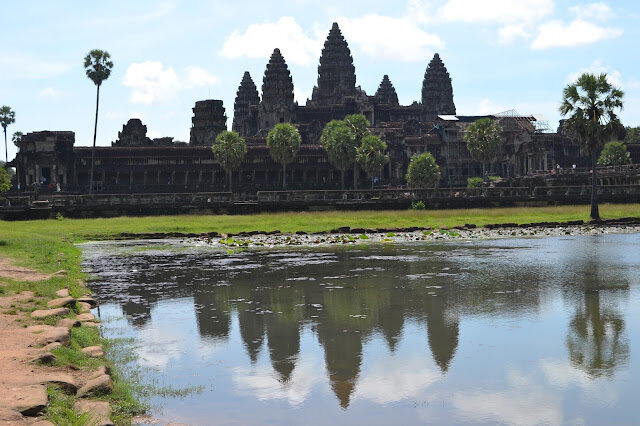
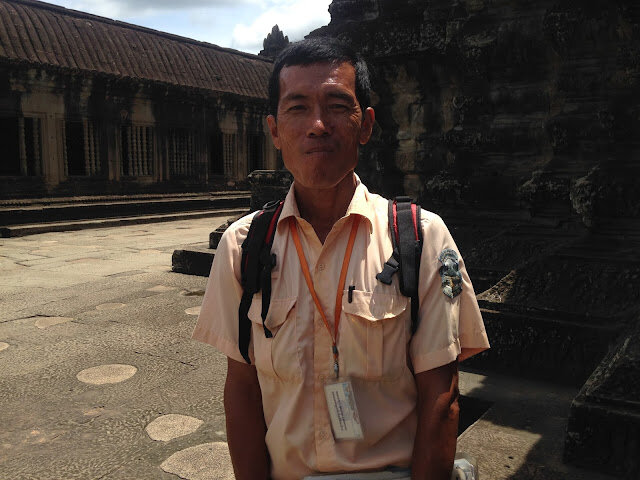
Angkor Wat means "Temple City" which was very telling of how vast this place is, which also is home to two large basins believed to be used by people to bathe and cleanse the impurities of their souls. One for the royal family and nobles, the other one for the public.
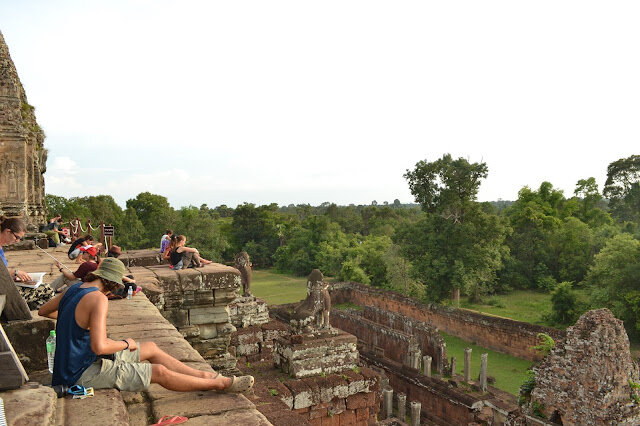
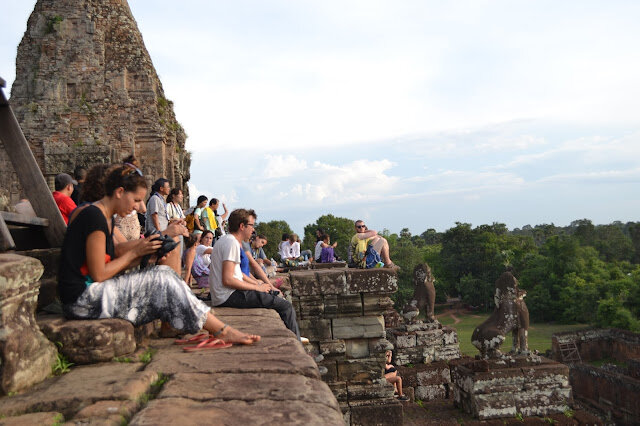
Albeit not a morning person, I endeavoured to rise at dawn the next day to witness the sunrise in this part of the world. However, my attempt was futile so I resulted to visit Preah Rup later that day instead, to bid the sun good night as I sat on the edge of the upper floors.
After painstakingly enduring the heat and the occasional challenging climb to watch the sunset, what followed was a night of entertainment and a sumptuous buffet dinner at Koulen Restaurant while watching Apsara Dance or the female spirits of cloud and waters in Hinduism and Buddhism.
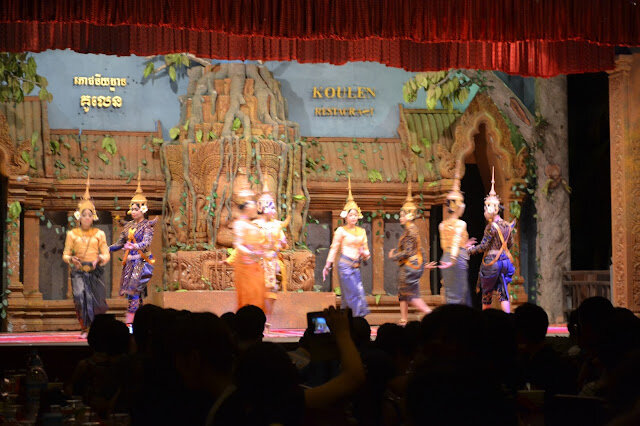
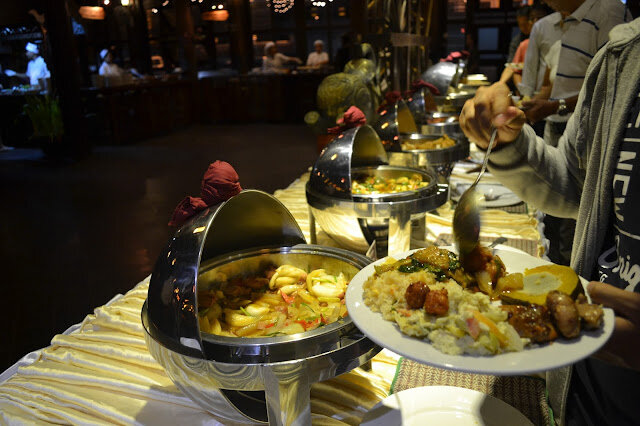
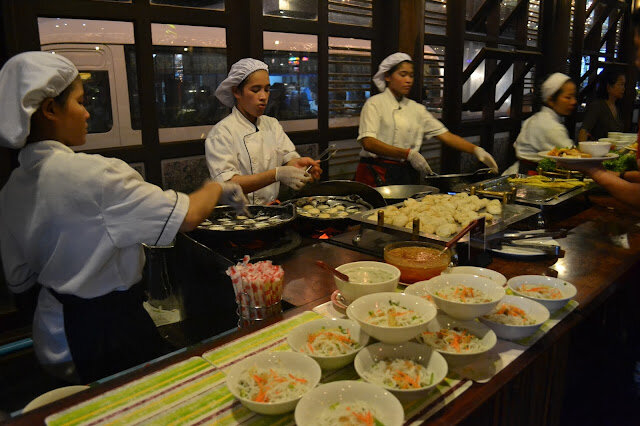

Most Buddhist temples in surrounding regions have accolated their structures in coats of gold and gems, while Cambodian temples are made out of stone built by hands covered in stories and tales that made each visit more than just a visual treat.
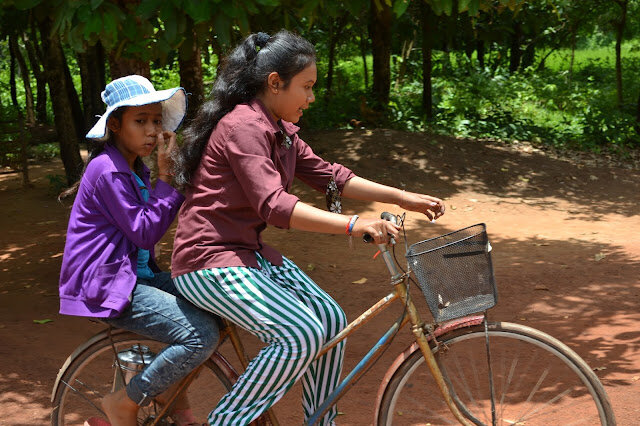
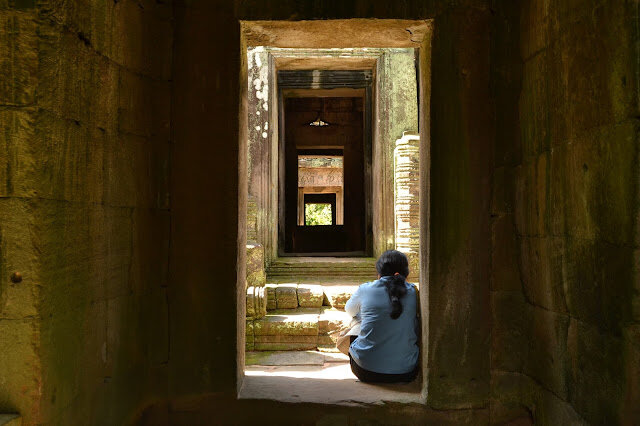
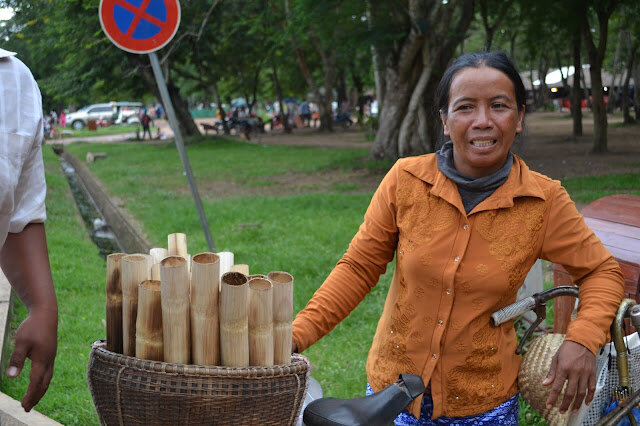
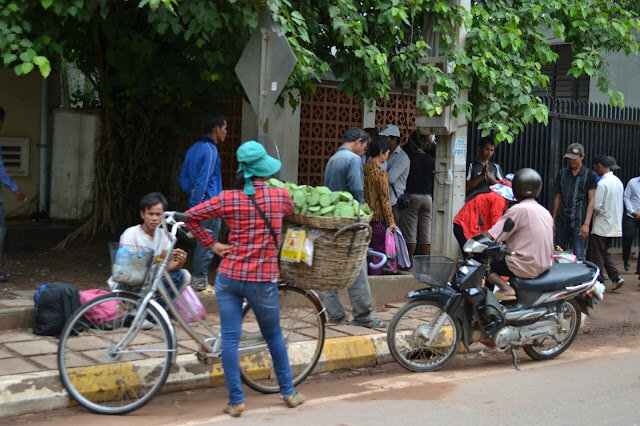
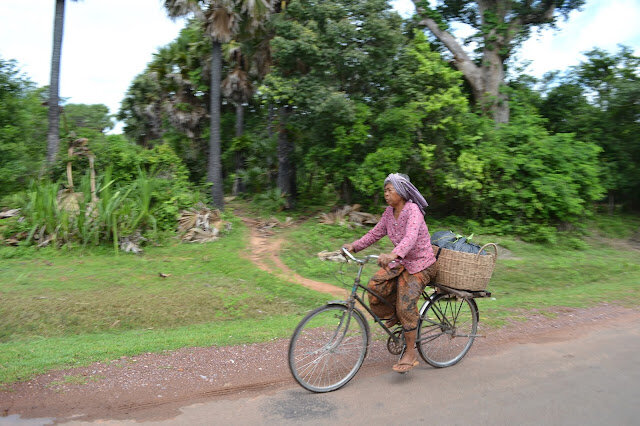
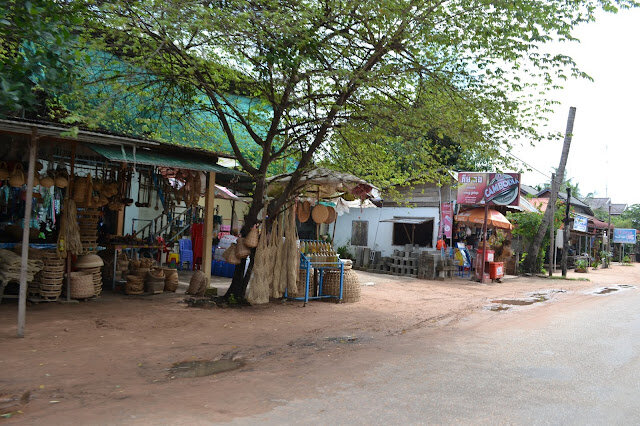
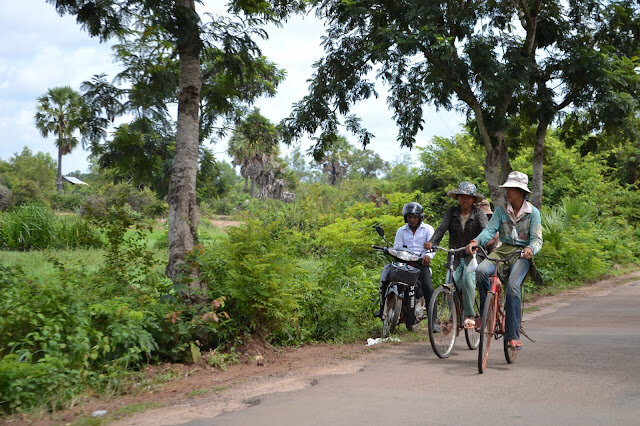
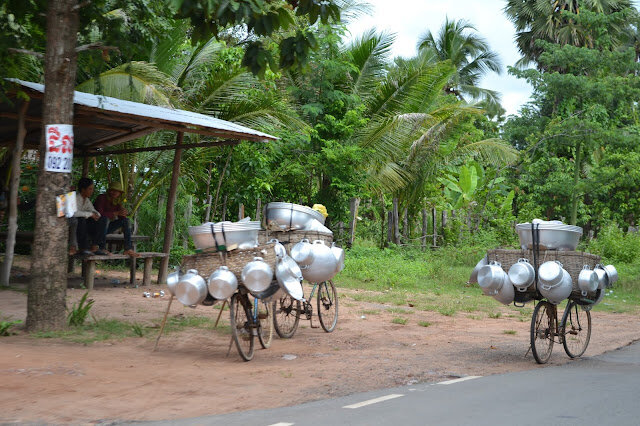
Before you could reach the grandeur temples, you'll pass by a neighbourhood of light wood constructed homes, barely hoisted by durable support, children peddling bikes to bring home a basket of produce for supper, their siblings clinging on at the back seat, gasoline stations were being operated with tubes and pails, densely populated pediatric hospitals packed with children lying outside, patiently waiting for their turn to be seen. Cambodia, although beautiful, could use some help for their warm and friendly people.
Cambodia, once known for its influence and power over the region has been struck with poverty for its majority. But although it has lost its strength, it has not lost its magnificence to still be worthy of the name, “The Kingdom of Wonders”.






